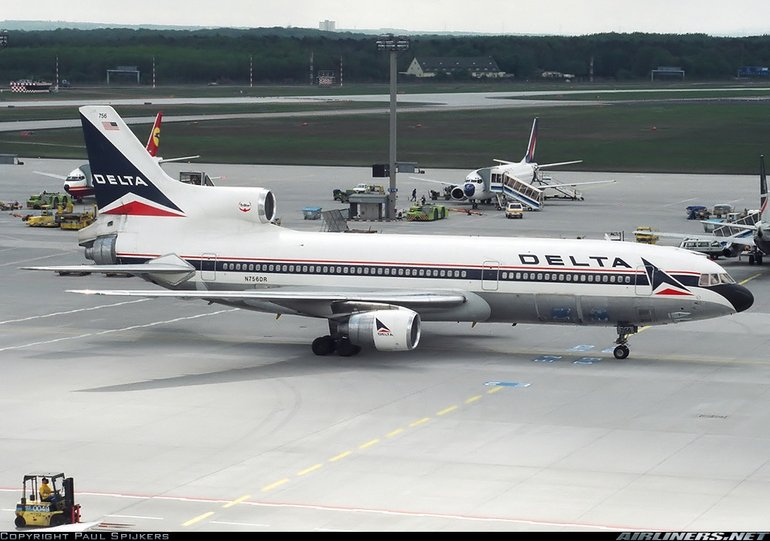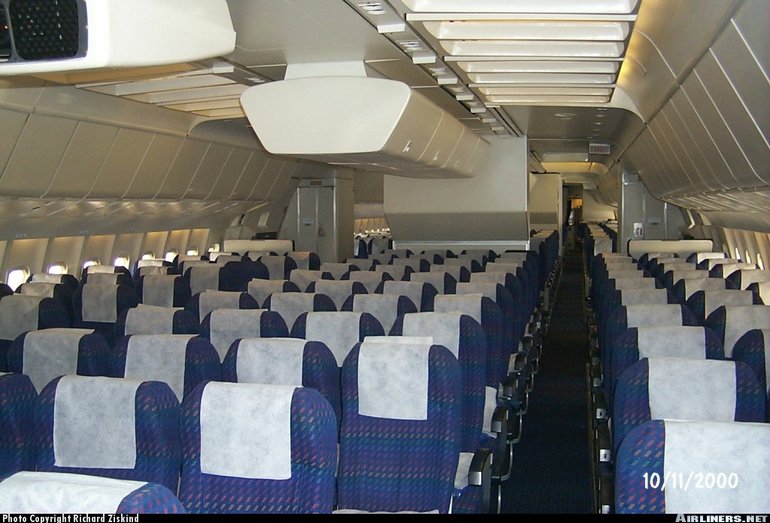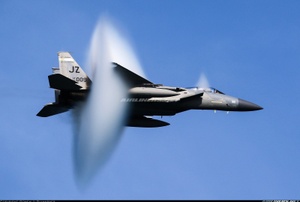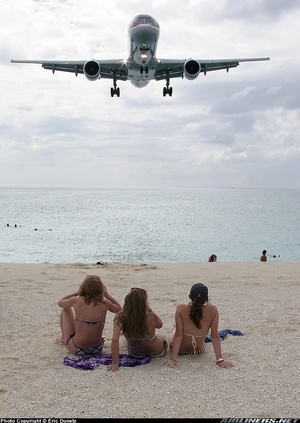Lockheed L-1011 TriStar 500
Details
Country of Origin
United States of America
Type
Long range widebody airliner
History
Lockheed developed the shortened fuselage L-1011 TriStar 500 as a long range, smaller capacity derivative of the TriStar 200.
Launched in August 1976, the key changes incorporated in the 500 over the standard L-1011s are the 4.11m (13ft 6in) shorter fuselage, greater takeoff weights, increased fuel capacity and more powerful RB211-524 engines. The shortened fuselage reduces seating capacity to a maximum of 330, 70 less than the standard length TriStars, while the below deck galleys that had been a feature of the L-1011 family were replaced with conventional main deck units.
Other improvements include enhanced wing-to-fuselage and fuselage-to-rear engine intake fairings, automatic braking and automatic thrust control. Most have three, rather than four, doors/emergency exits on each side of the fuselage. The design changes combine to give the 500 a maximum range of 11,260km (6100nm), approximately 2000km (1300nm) further than the long range 200.
The TriStar 500 first flew on October 16 1978 and entered service with British Airways in May 1979.
Soon after, the 500 also introduced the active aileron improvements first pioneered on the Advanced TriStar, which was the original prototype TriStar fitted with a number of advanced features intended for introduction to the TriStar production line. The Advanced TriStar incorporated increased span wings to reduce drag, with active, automatic operation of the ailerons used to cope with the increased weight and aerodynamic loads instead of strengthening the wing structure.
The first 500 with active ailerons and extended wingtips flew in November 1979 and deliveries of 500s with the new wing tip extension began the following year, while in 1981 it became a standard feature. Lockheed began retrofitting the active aileron wingtip extension to all previously built TriStar 500s from 1981. Production ceased in 1983 after 50 had been built, although the last 500 was not delivered until 1985.
In December 1982 Britain's Royal Air Force bought 6 TriStar 500s from British Airways and contracted Marshall of Cambridge (Engineering) Ltd for the conversions. Four of them were converted to tanker-transports as TriStar K1. The conversion involves the installation of paired HDUs (Hose Drum Units) in the lower rear fuselage, underfloor fuel tanks in the fore and aft baggage compartments, adding an additional 100,060lbs (45,385kg) of fuel, a closed circuit TV camera to monitor refuelling, and military communications and navigation equipment. The aircraft are also equipped with a refuelling probe above the forward fuselage.
The first flight was made on July 9, 1985. As full passenger seating is available in the cabin, the K1 is an excellent aircraft for squadron deployments, able to refuel their aircraft in the air and at the same time carrying squadron personnel and supplies.
The other two aircraft, and two of the K1s, were converted to TriStar KC1 with the same modifications as the K1 but with an additional large cargo door in the port side front fuselage, a freight handling system, and a strengthened floor. They can carry cargo on pallets and 35 passengers. The first KC1 was flown in 1988.
Three more, ex Pan Am, TriStar 500s were bought in 1984, two of them serving as troop transport TriStar C2s. They retain the normal passenger seating and are not equipped with a flight refuelling probe. It was planned to convert the third one to a tanker K2, but these plans were abandoned and it was delivered instead as a TriStar C2A, with a new interior, military avionics, and the digital autopilot replaced by the same analog autopilot as fitted to the K1 and KC1. The MTOW for all RAF TriStars was increased to 540,000lbs (244,945kg). They serve with 216 Squadron.
In late 2002 28 of the 50 TriStar 500s built were in active service, 16 in airline service, 3 as corporate transport, and 9 in RAF military service.
Powerplants
Three 222.4kN (50,000lb) Rolls-Royce RB211-524B or -525B4 turbofans.
Performance
Max cruising speed 960km/h (518kt), economical cruising speed 894km/h (483kt). Range with max pax payload 9905km (5345nm), range with max fuel 11,260km (6100nm).
Weights
Operating empty 111,310kg (245,500lb), max takeoff 231,330kg (510,000lb).
Dimensions
Wing span 50.09m (164ft 4in), length 50.05m (164ft 3in), height 16.87m (55ft 4in). Wing area 329.0m2 (3540.0sq ft).
Capacity
Flightcrew of three. Max seating for 330 in a single class 10 abreast layout at 76cm (30in) pitch. Typical two class seating for 24 premium class at six abreast and 222 economy at nine abreast. Underfloor cargo holds can accommodate 19 standard LD3 freight containers.
Production
50 built when production ceased in 1983.
Related Links
Lockheed L-1011 TriStar 500
The backbone of this section is from the The
International Directory of Civil Aircraft by Gerard Frawley
and used with permission. To get your own copy of the book
click here.




















